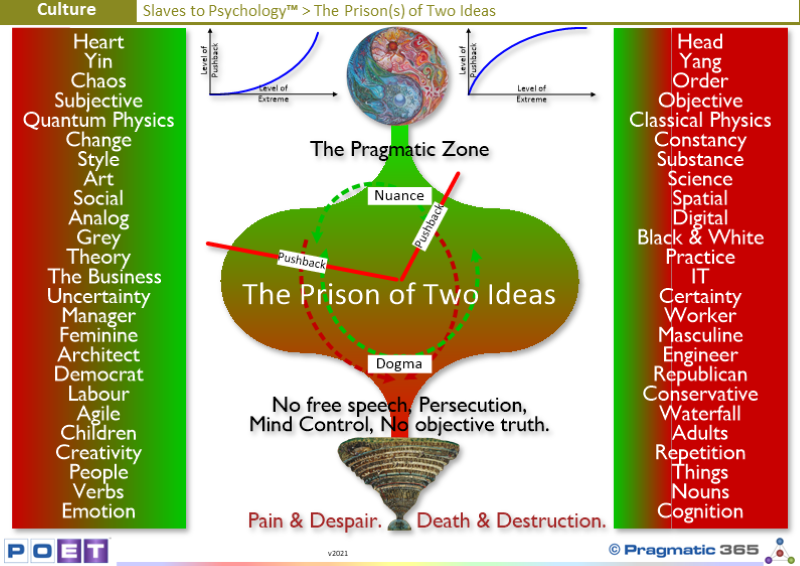
First of all, I need to make something very very clear.
Chaos is not inherently bad, and Order is not inherently
good. Both have the capacity for good and bad. Whoever thought of those names
initially made a big big mistake because in most civilisations, the
connotations are that chaos is bad and order is good, which spikes any
conversation from the get-go. So let's put those connotations in a box right at
the start.
...to read more, please Login or Register